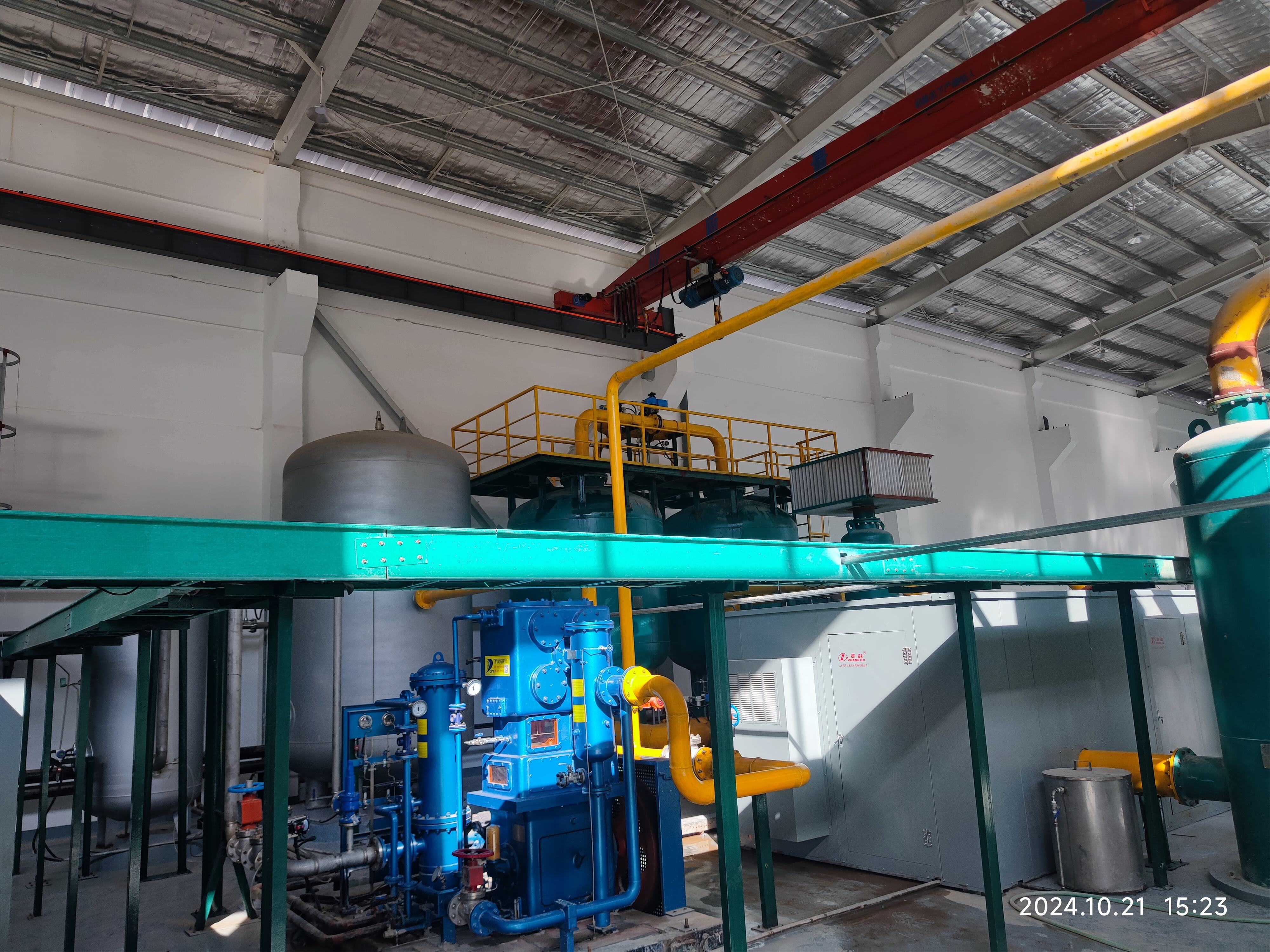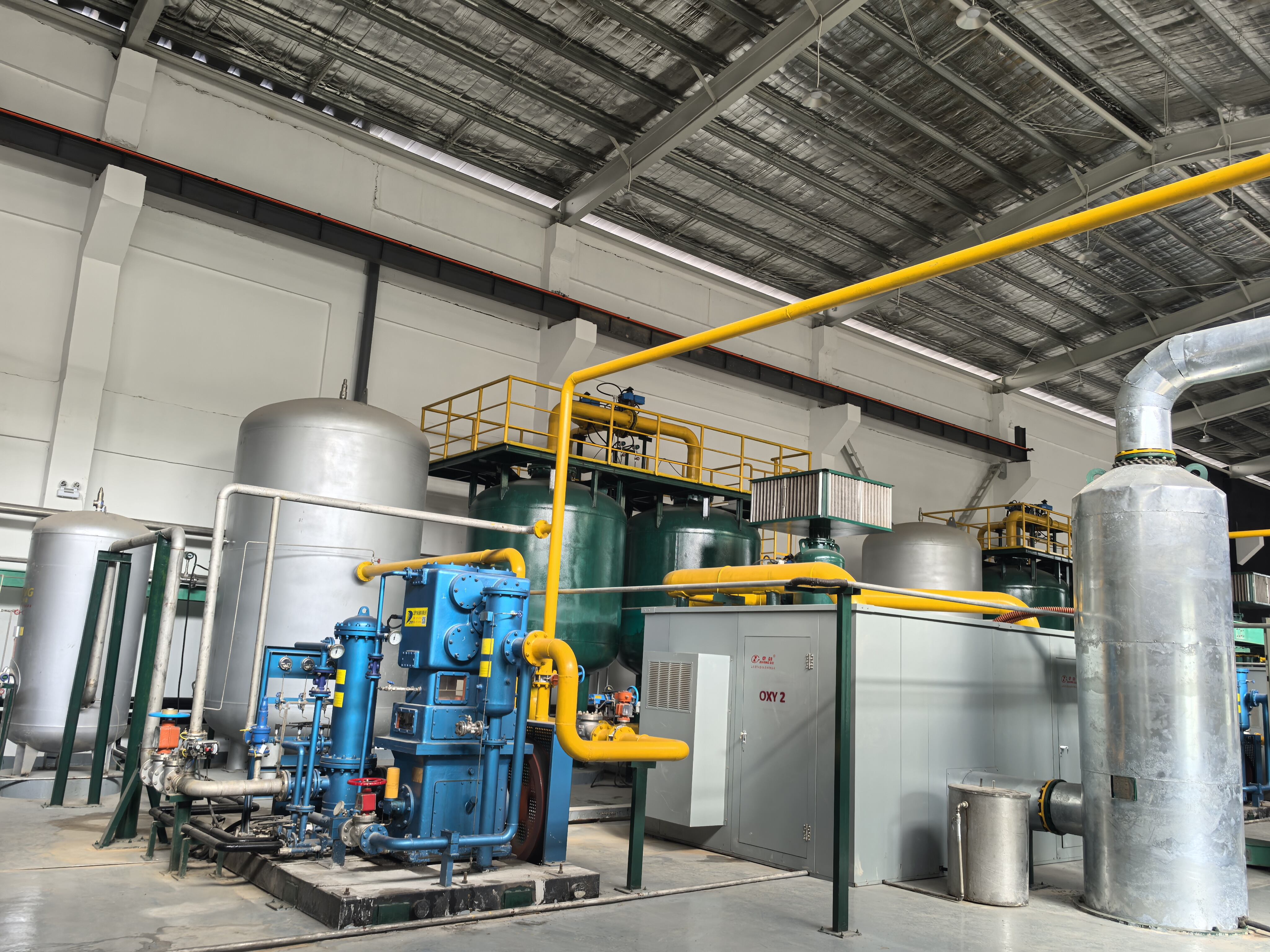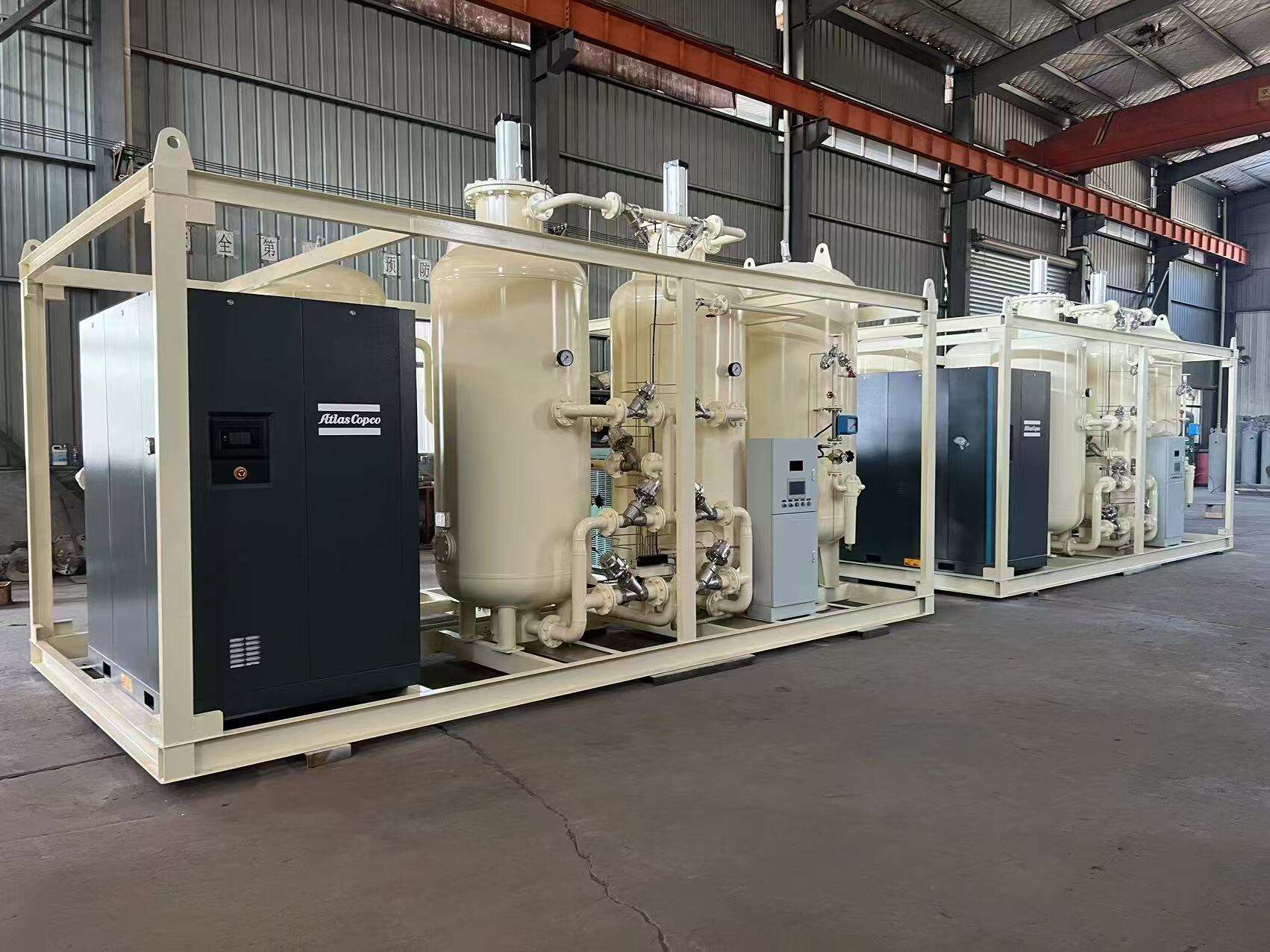vpsa plant design
VPSA (Vacuum Pressure Swing Adsorption) plant design represents a cutting-edge approach to gas separation and purification technology. This innovative system operates by utilizing specialized molecular sieve adsorbents to separate gases under varying pressure conditions. The plant consists of multiple vessels filled with adsorbent material, working in a coordinated cycle to continuously produce high-purity gases. The process begins with the compression of feed air, followed by its passage through the adsorbent beds where nitrogen is selectively captured, allowing oxygen to pass through. The design incorporates advanced control systems that manage the pressure swing cycles, ensuring optimal performance and efficiency. What sets VPSA plants apart is their ability to operate at lower pressure ranges compared to traditional PSA systems, significantly reducing power consumption. The plant's modular design allows for easy scaling to meet varying production requirements, from small industrial applications to large-scale manufacturing facilities. Modern VPSA plants feature sophisticated monitoring systems that provide real-time performance data and automated adjustment capabilities, ensuring consistent product quality and operational reliability.


